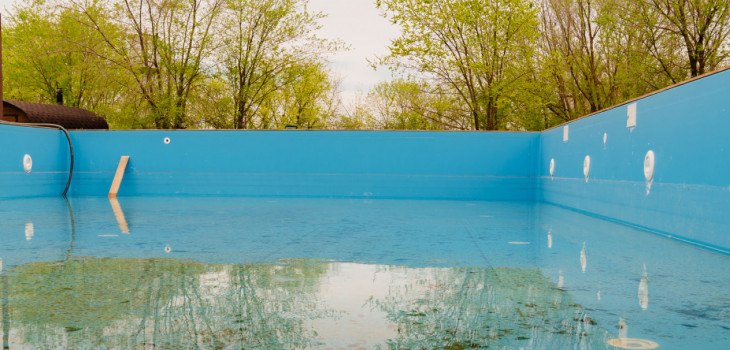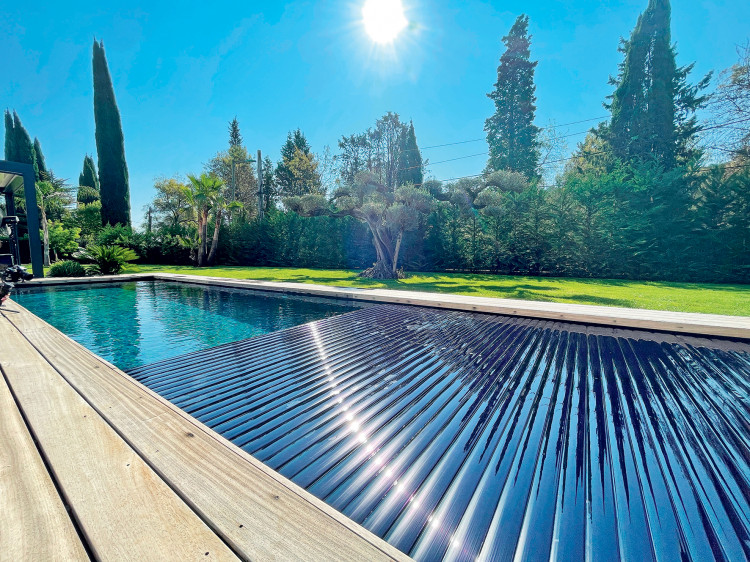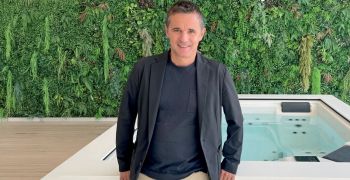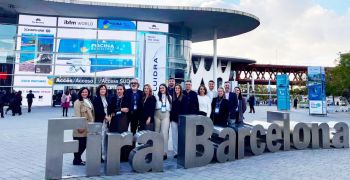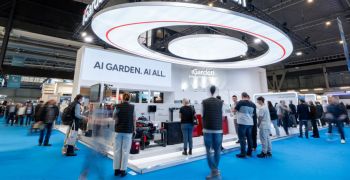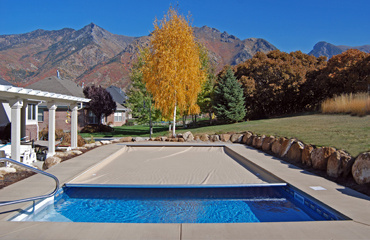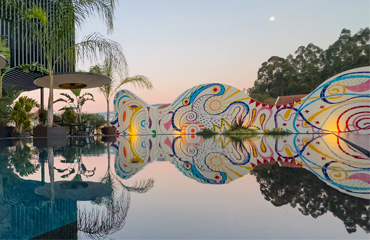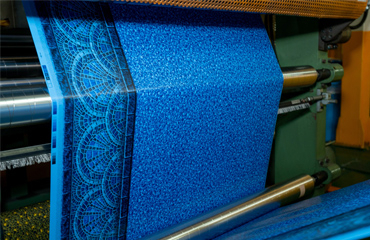Although the improvement of a pool's water balance is a priority, the energy balance is just as important! With the rising price of electricity and regulations that focus more and more on energy efficiency, it has become essential to propose high-performance solutions.
But how can you reduce pool consumption without sacrificing water quality or bathing comfort? Here's an overview of real solutions to implement when renovating.
Concrete actions for a more efficient swimming pool, saving water and energy
Diagnosis of the swimming pool to be renovated: a tailor-made assessment
Before any operation, it is essential to carry out a precise assessment of energy consumption. Several criteria influence needs:
- Pool volume and size: the larger the pool, the higher its consumption.
- Environment and climate: heat loss varies considerably according to exposure, weather conditions and wind protection.
- Pool use: occasional or daily swimming? Seasonal or year-round? Each profile has different requirements.
- Existing equipment: filtration, heating, automation, etc. Their performance and settings have a direct effect on the energy bill.
Key figures: on average, a 27 m³ pool equipped with a variable-speed pump consumes 950 kWh/year and 690 kWh/year for the heat pump. Proper renovation can reduce this consumption by 30 to 60%!
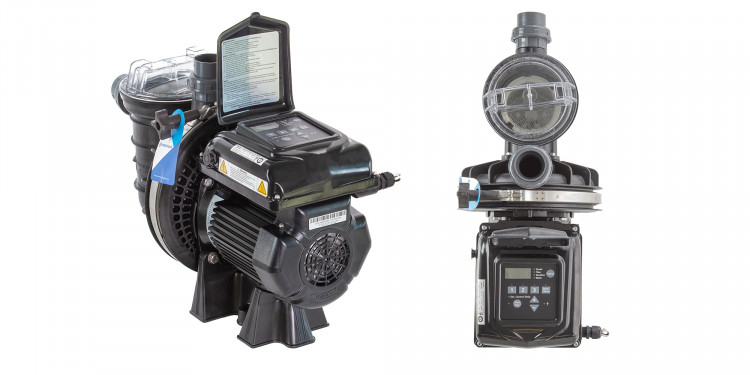
Sta-Rite VS2m pump from Pentair offers three key benefits to users: significantly lower noise levels; substantial energy savings; optimal and continuous filtration quality for crystal-clear water. Its permanent magnet motor ensures high reliability, and its user-friendly LCD screen makes installation and operation simple and intuitive.
Automation: optimisation without compromising on comfort
Energy savings should not come at the expense of water quality. Reducing filtration time is not a solution: it is better to optimise operating cycles through smart, automated management.
The key points:
- Interoperability: a smart management system enables filtration, heating and treatment to be adjusted in real time.
- Precise control: adapt the operating power and duration according to temperature and pool use.
- Optimised filtration: prefer continuous operation with a low flow rate rather than short, energy-consuming cycles.
What to remember: properly designed automation can cut pool energy consumption by half!
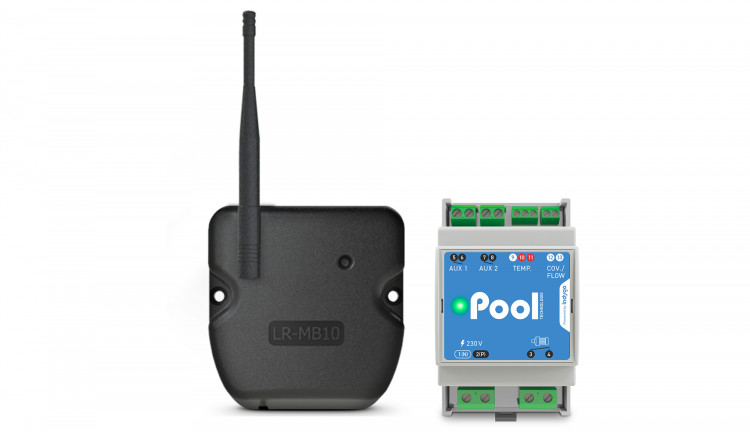
The e-Pool® Connect solution by Pool Technologie enables the smart, automated management of technical equipment according to the real needs of the pool. Users can remotely monitor and control their pool thanks to the mobile MyINDYGO application. The web platform records the history of pool data. Users can thus analyse their consumption habits and make the necessary adjustments to continuously improve the pool's energy efficiency.
Variable-speed pumps: the new standard
Today, variable-speed pumps have become essential equipment. In contrast to single-speed pumps, they enable precise flow adjustment for optimal filtration at a lower cost.
Why are they so efficient?
- An oversized pump can run at low speed: a pump running at 50% of its capacity consumes 75% less energy than a classic pump!
- Silent operation: a low-speed pump is practically inaudible, which is a significant advantage for pool owners.
- Longer life: running at low speed reduces motor wear.
The error to avoid: by forcing the pump to constantly run at full speed, the user cancels out any energy savings and risks damaging the water system.
Heat pumps: beware of errors!
Heating is one of the elements that consumes the most energy. The installation of a heat pump is a good solution... as long as it has been correctly chosen and properly set.
Best practices:
- Choose a Full Inverter heat pump that automatically adjusts its power.
- Integrate it into an automated system for optimum management.
- Don't use a heat pump to cool water in summer (prefer shade sails or suitable filtration cycle management).
What to remember: a properly adjusted heat pump combined with a good cover can reduce energy bills by up to 75%!
With an impressive COP of 26 and a SCOP of 11.76, the Dura-Hi heat pump from Duratech offers remarkable efficiency. It operates whisper quietly. The heat pump is equipped with the necessary features such as a heated bottom plate and NoFrost system, allowing it to function optimally all year round. Equipped with an integrated Bluetooth connection and an application, the Dura-Hi is easy to operate and there are additional options for the installer to view and possibly adjust parameters. Moreover, the app allows updating the heat pump's software, keeping it up-to-date.
A cover: a must-have for energy savings
By not covering a pool, you allow 95% of its calories to escape. A well-chosen cover can reduce heat loss and evaporation.
A few figures:
- A 4x8 m pool with no cover requires 128 kWh/day to maintain its temperature.
- With an opaque cover, this drops to 32 kWh/day.
- With a solar cover, the need for heating is practically nil during the summer period.
The right choice? An insulating thermal cover or solar cover to capture and conserve heat.
The upper shell of the Quadro solar heating slat by T&A benefits from an innovative additive that acts like a selective solar spectrum filter. Its dissociates ultraviolet, visible light and infrared rays, allowing the latter to pass through as they are useful to warm the heating layer of the slat. The Quadro slat from T&A is also available in Gold.
Water system optimisation: a lever that is too often overlooked
A pool's energy efficiency does not only depend on equipment: the water system plays a role in overall consumption.
The points to look out for:
- Reduce load loss by using pipes of a suitable diameter and avoiding 90° angles.
- Use an optimum pipe size to avoid unnecessary pump consumption.
- Install a well-balanced circuit to ensure the homogeneous distribution of water circulation.
What to remember: a well-designed system reduces pump effort and cuts energy consumption by 10 to 20%!
Renewable energy: towards a 100% autonomous pool?
A photovoltaic system by all means, but make sure you choose one designed by a pro pool manufacturer. Wanting to use a photovoltaic system to harness energy to run pool equipment free of charge without integrating it into a coherent, well-adapted system, is a little like wanting to install a heat pump designed for a house into a pool. The development of a system by a specialist enables carefree operation, but also ensures easy installation.
The new European environmental standard for pool performance
Since September 2022, the NF EN 17645 standard enables the assessment of the environmental impact of private pools. This classification takes into account energy, water and chemical consumption.
Why is this important?
- It gives a score from A (very efficient) to F (inefficient).
- It recognises energy-saving equipment, like variable-speed pumps and Inverter heat pumps.
- It offers customers greater transparency on the ecological impact of their pool.
A good professional should be able to advise their customers on how to improve the rating of their system during renovation.

Pictograms Class A standard NF EN 17645: covering, structure, heating
Conclusion
- Variable-speed pumps: when set intelligently, they can reduce consumption by 50 to 75%.
- Inverter heat pumps: when optimised, they consume 40% less energy than classic models.
- Pool covers: essential to limit heat loss.
- Water circuit optimisation: a well-designed system improves circulation and reduces the mechanical effort of equipment.
- Photovoltaic systems: an opportunity to cut down the energy bill and increase pool automation.
The challenge for professionals: to offer bespoke renovations that are adapted to customer needs and expectations, while ensuring lasting savings and more environmentally-friendly pools.


